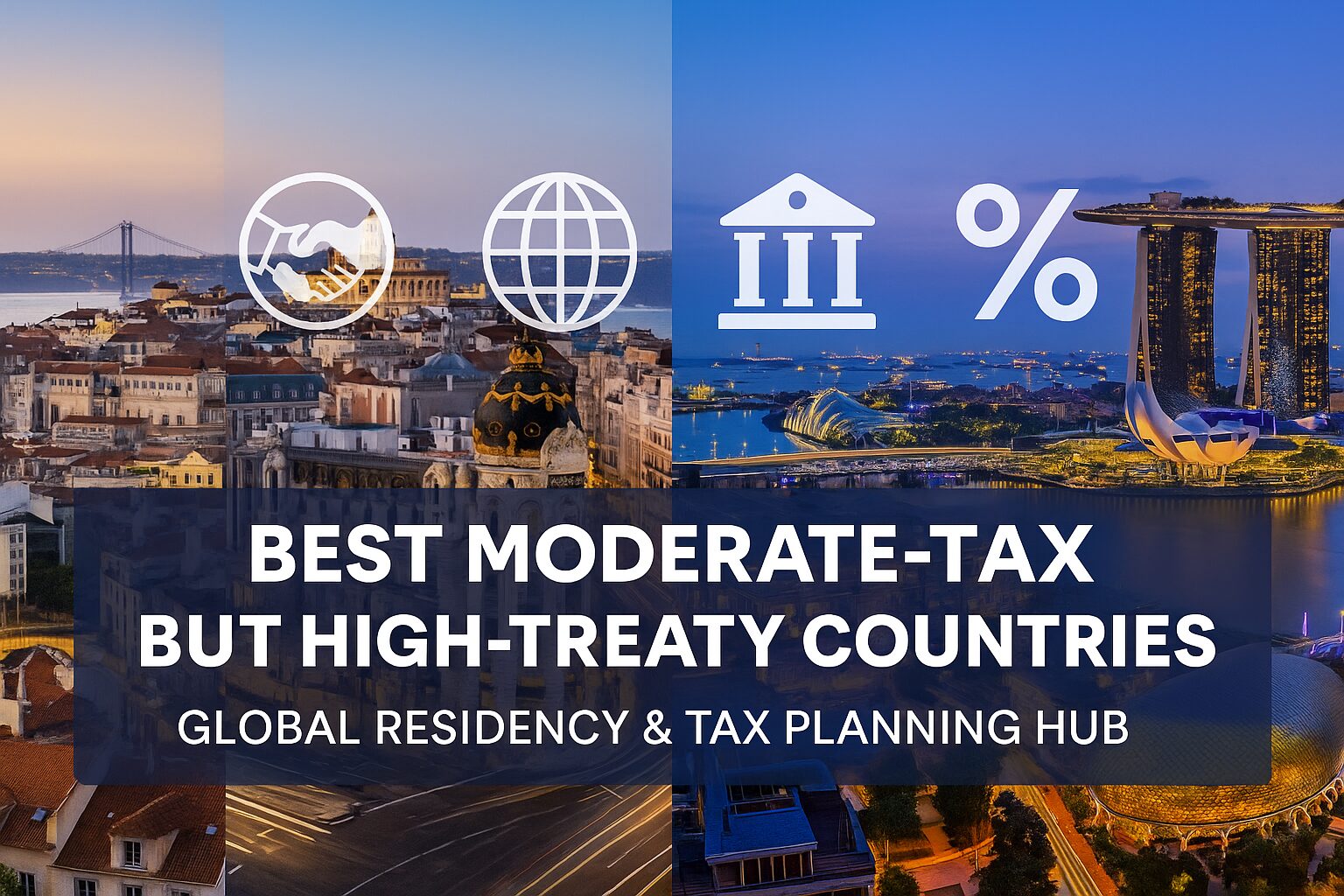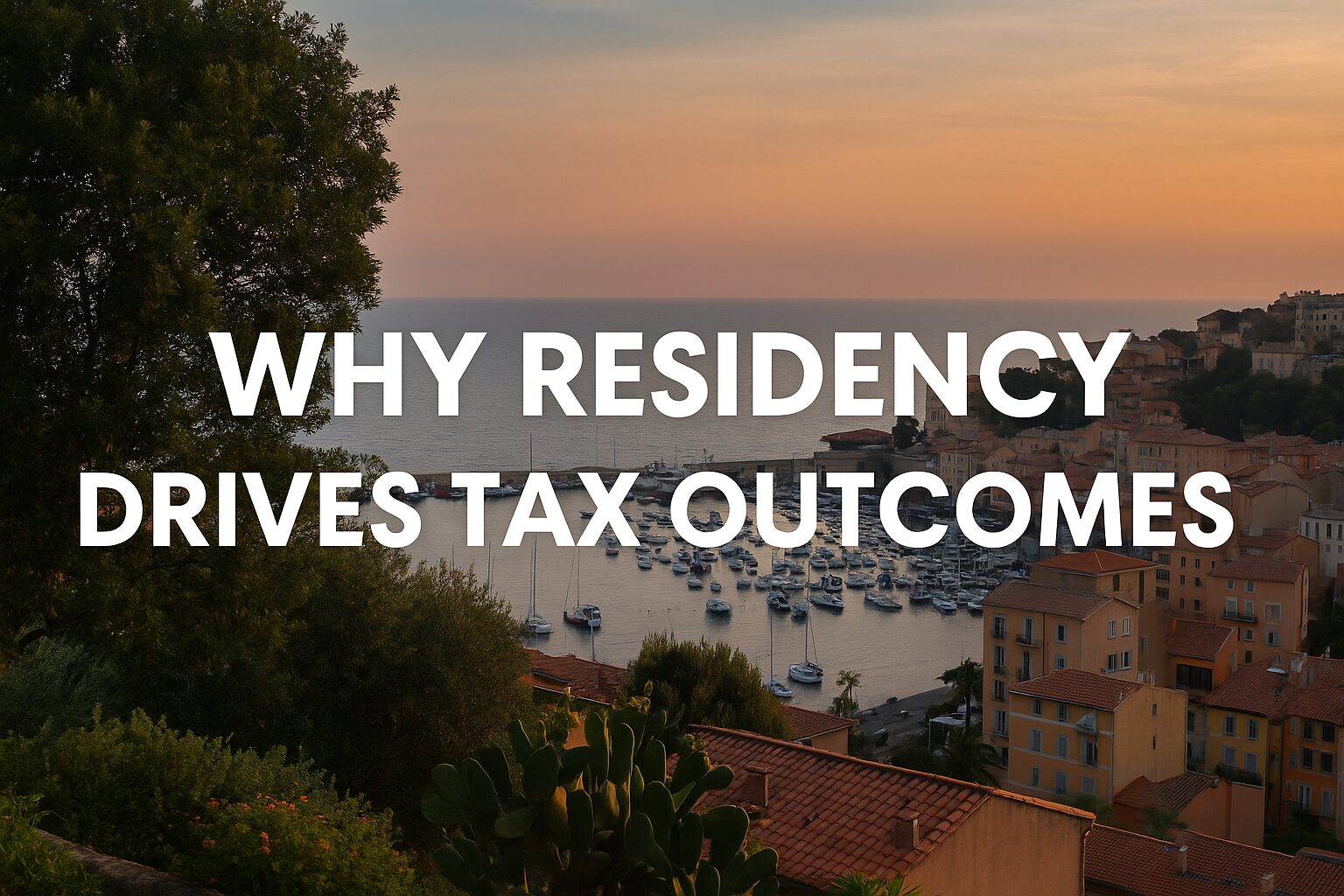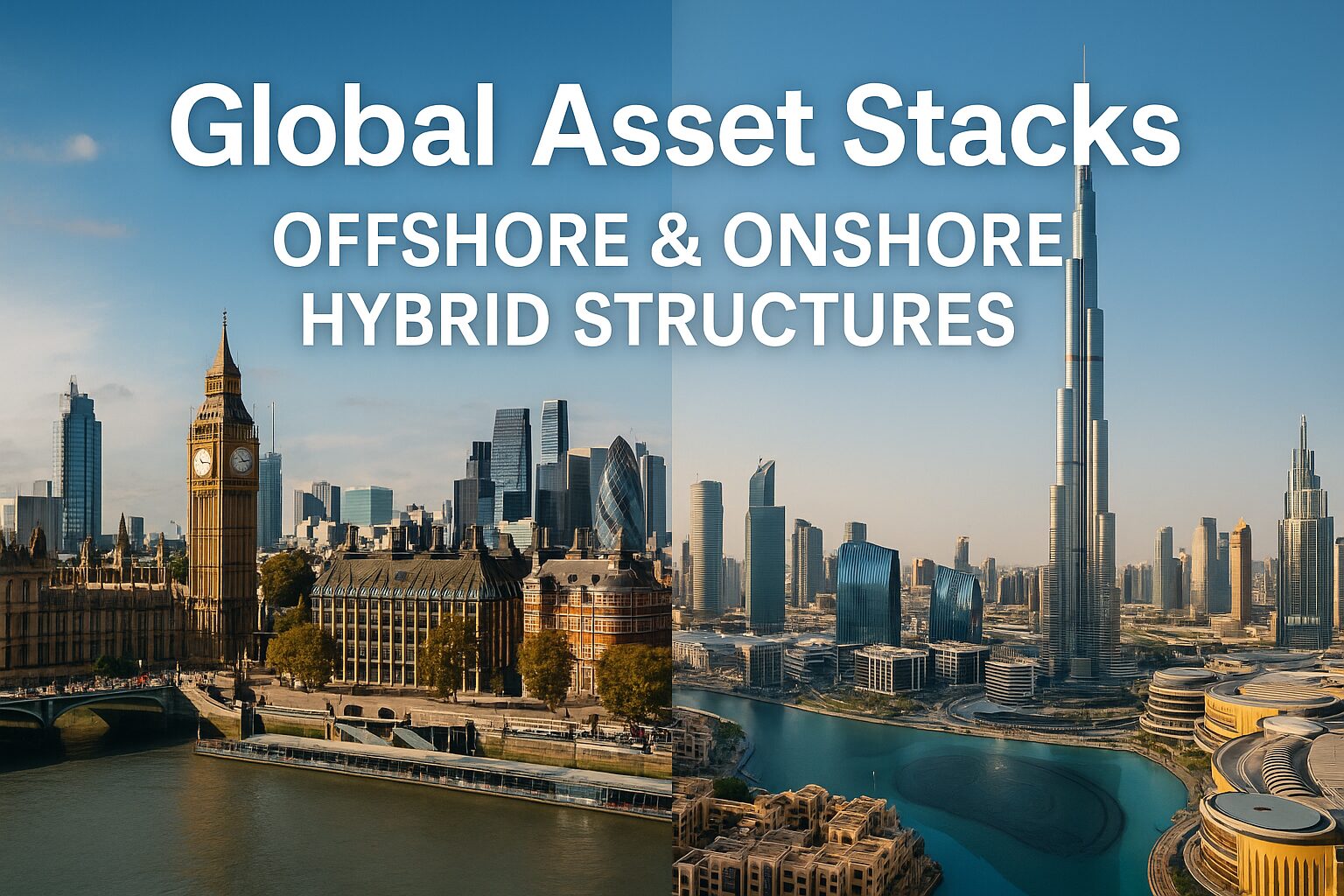Multi-Residency & Second Citizenship Strategies — How to Legally Stack Residencies, Access Global Markets, and Build a Second-Passport Portfolio
High-net-worth individuals, digital entrepreneurs, and globally mobile professionals are no longer content with a single residency. A rapidly changing world has accelerated location independence, remote business operations, and global capital flows. As a result, the wealthiest and most strategic individuals now treat residency and citizenship as assets — stacking them to unlock new markets, optimize taxes, protect assets, and secure their families’ future.
This article explores how multi-residency and second-citizenship strategies can transform your personal and business life. You will discover the legal frameworks, the most effective programs worldwide, and practical examples of investors who hold multiple residencies and second passports.
Why Multi-Residency Matters
Multi-residency is the practice of holding legal residency in more than one country at the same time, allowing you to live, work, and invest across multiple jurisdictions. It differs from dual citizenship, which confers full rights including voting and consular protection. By securing multiple residencies, you can diversify your exposure to political and tax risk, gain access to multiple markets, and create a safety net for your family.
Key benefits include:
– Market diversification across continents
– Flexibility for children’s education and healthcare
– Legal bases for asset protection
– Structuring opportunities for tax optimization
However, multi-residency also carries risks. You must comply with each jurisdiction’s residence-day rules, avoid triggering unwanted tax residency, and manage reporting under international information exchange frameworks. Without a compliance calendar, you can lose status or face penalties.
Second Citizenship as the Ultimate Insurance Policy
Second citizenship goes beyond residency. A second passport can offer visa-free travel, the right to work and study indefinitely, and full consular protection. It also acts as an insurance policy against political upheaval, travel restrictions, or citizenship-based taxation.
Citizenship-by-investment (CBI) programs in the Caribbean and other regions provide relatively fast paths to a second passport in exchange for an investment. In Europe, certain countries offer accelerated naturalization or investment routes. In Latin America, some jurisdictions provide low-cost, fast-track naturalization for those willing to relocate.
When evaluating programs, focus on:
– Stability and reputation of the issuing country
– Visa-free access to your target markets
– Time to citizenship and minimum presence requirements expressed as qualitative terms
– Legal and reputational risks; use licensed agents only
Stacking Residencies Strategically
Rather than randomly collecting residencies, think of your residency portfolio like an investment portfolio. Combine different programs to maximize benefits:
– Golden Visas in various regions for EU or zero-tax access
– Start-up Visas in innovation hubs for entrepreneurial entry
– Investor Visas in high-income markets for long-term positioning
Use a “Residency Ladder” approach:
Temporary residence → Permanent residence → Citizenship.
By moving step by step, you can build a diversified residency portfolio that gives you market access, tax advantages, and robust banking infrastructure.
Practical example: An investor holds residencies in Europe, the Middle East, and Asia, plus a second passport from a treaty-friendly jurisdiction. This combination allows optimization of taxes, protection of assets, and freedom to move across continents.
Tax and Compliance Planning
Multiple residencies can either reduce or increase your tax burden, depending on how you manage them. Each tax treaty has “tie-breaker” rules to determine which country has the primary right to tax you. Factors include permanent home, center of vital interests, habitual abode, and nationality.
Key steps to stay compliant:
– Obtain residency certificates and keep proof of your primary residence.
– Track your days in each jurisdiction and plan accordingly.
– Maintain non-resident status in high-tax countries if possible.
– Align your residency status with your company’s structure, offshore trusts, and insurance wrappers.
Lifestyle and Asset Protection Benefits
Multi-residency also means you can pick the best education systems for your children, access high-quality healthcare, and open bank accounts in stable jurisdictions. Family offices can run operations across continents, diversify risk, and maintain privacy. Residency rights also facilitate global insurance coverage and asset transfers.
Checklist — Signs It’s Time to Go Multi-Residency
– You earn income or hold assets in multiple countries.
– You need access to healthcare or education in more than one jurisdiction.
– You’re exposed to political or tax risk in your home country.
– You plan to relocate your family office or hold significant mobile assets.
– You seek visa-free access to markets for business expansion.
Conclusion
Multi-residency and second-citizenship strategies are not exotic privileges reserved for billionaires. They are practical, legal tools for entrepreneurs, investors, and globally mobile families who want freedom, tax optimization, and asset protection. With careful planning, compliance, and professional guidance, you can build a residency and citizenship portfolio that unlocks markets, protects your wealth, and safeguards your lifestyle.
For a complete overview of all parts of this series, visit the Global Residency & Tax Planning Hub page and download the free Residency & Tax Planning Checklist PDF.
Case Studies
– A digital entrepreneur builds a residency ladder in multiple jurisdictions plus a second passport from a treaty-friendly country → diversified tax and market access.
– An angel investor uses a citizenship-by-investment program plus an innovation visa to gain visa-free travel and invest in North American start-ups.
– A family office structures permanent residency in one country, tax residency in another, and banking in a third → global compliance calendar and asset protection.
Next Article Preview
The next part of this series will explore Tax Optimization Tools Without Moving — how offshore companies, trusts, and insurance structures can achieve global tax efficiency even if you remain in your home country. It will show when a residency change is unnecessary, how to legally use structures, and a case study of a founder who stays based in one jurisdiction while managing a tax-efficient global business.
Subscribe Call-to-Action
Subscribe now to be notified when new parts of the Global Residency & Tax Planning Hub are published and to receive the free Residency & Tax Planning Checklist PDF.









